The Power of Solar Lighting for Garden Shed
Garden sheds serve as versatile spaces for storage, workshops, or even cozy retreats, but their utility often depends on proper lighting. Solar lighting for garden shed offers an eco-friendly, cost-effective, and practical solution to illuminate these structures. By harnessing the sun’s energy, solar lights provide reliable illumination without the need for complex wiring or ongoing electricity costs. This article explores the necessity of shed lighting, the types of solar lights available, selection criteria, layout tips, maintenance considerations, and the overall benefits of choosing solar lighting for garden shed.
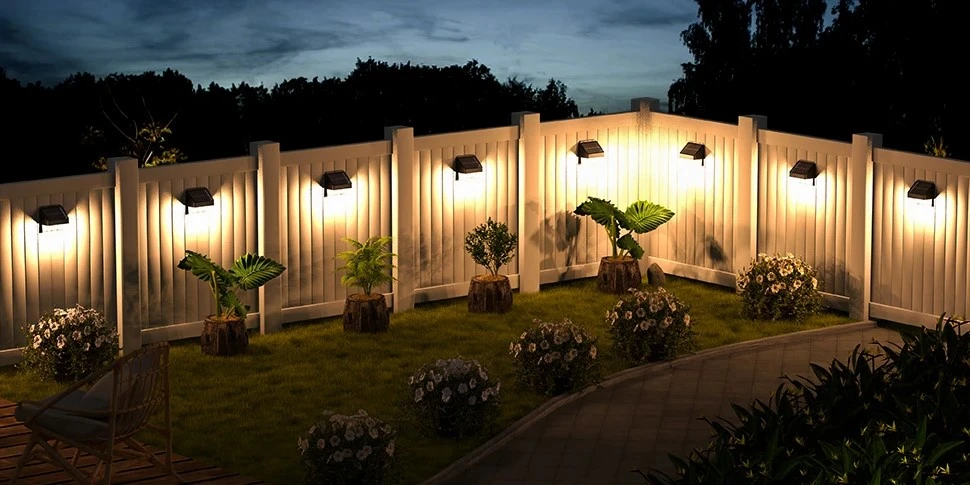
Why Garden Shed Lighting Matters and the Benefits of Solar Solutions
The Necessity of Garden Shed Lighting
A well-lit garden shed enhances functionality, safety, and accessibility. Whether you use your shed for storing tools, gardening supplies, or as a workspace, adequate lighting ensures you can locate items or work efficiently, even after dark. Proper illumination also reduces the risk of accidents, such as tripping over equipment or misplacing tools. For sheds used as hobby spaces or retreats, lighting creates a welcoming and comfortable environment.
However, traditional wired lighting systems can be impractical for sheds, especially those located far from the main house or power sources. Running electrical cables is costly, time-consuming, and may require professional installation. This is where solar lighting for garden shed shines, offering a sustainable alternative that eliminates these challenges.
Advantages of Solar Lighting for Garden Sheds
Solar lighting provides several key benefits that make it ideal for garden sheds:
- Cost Savings: Solar lights operate using free solar energy, eliminating electricity bills. After the initial purchase, there are no ongoing energy costs, making them a budget-friendly option.
- Easy Installation: Unlike wired systems, solar lighting for garden shed requires no electrical expertise. Most lights can be mounted or placed with minimal effort, saving on installation costs.
- Eco-Friendly: By relying on renewable energy, solar lights reduce your carbon footprint, aligning with sustainable living practices.
- Versatility: Solar lights come in various styles and configurations, allowing you to tailor lighting to your shed’s specific needs and aesthetic.
- Portability: Many solar lights are portable, enabling you to reposition them as needed without rewiring.
These advantages make solar lighting for garden shed a practical and environmentally conscious choice for homeowners looking to enhance their outdoor spaces.
Types of Solar Lighting for Garden Sheds
The versatility of solar lighting for garden shed lies in the variety of options available, each suited to different functions and aesthetics. Below are the most suitable types for shed illumination:
Sensor Lights
Solar sensor lights are equipped with motion or light sensors, activating only when movement is detected or when ambient light levels drop. These lights are ideal for sheds used intermittently, such as for storage, as they conserve battery life and provide bright illumination when needed. Motion-sensor lights enhance security by deterring intruders and are often mounted on shed walls or near entrances.
Wall Lights
Solar wall lights are mounted directly onto the shed’s exterior or interior walls, providing focused illumination for specific areas. These lights are perfect for lighting up workbenches, tool racks, or entry points. Available in sleek, modern designs or rustic styles, wall lights blend functionality with aesthetic appeal, enhancing the shed’s overall look.
Path Lights
For sheds located at a distance from the main house, solar path lights can illuminate the route to the shed, improving safety and accessibility. These low-profile lights are typically staked into the ground and provide soft, ambient lighting. Path lights are especially useful for guiding visitors or ensuring safe navigation in the dark.
Pendant Lights
Solar pendant lights add a touch of elegance to sheds used as workspaces or recreational spaces. Hung from the ceiling, these lights provide overhead illumination, ideal for tasks like gardening, crafting, or reading. Solar pendant lights often feature detachable solar panels, allowing you to charge the panel outside while keeping the light inside the shed.
Selecting the Right Solar Lighting for Your Garden Shed
Choosing the best solar lighting for garden shed requires careful consideration of several factors to ensure optimal performance and suitability. Here are the key points to evaluate:
Brightness and Lighting Range
The brightness of solar lights, measured in lumens, determines their effectiveness. For general shed use, such as storage, 50–100 lumens may suffice for ambient lighting. For task-oriented spaces, like workshops, opt for lights with 200–500 lumens to ensure clear visibility. Consider the lighting range as well—spotlights or wall lights with a wider beam are better for larger sheds, while smaller sheds may only need compact sensor lights.
Battery Life and Capacity
Battery life is critical for consistent performance, especially in areas with limited sunlight. Check the battery capacity, typically measured in milliampere-hours (mAh). A battery with 1000–2000 mAh can provide 6–12 hours of light after a full charge. For regions with frequent cloudy days, select lights with larger batteries or backup charging options, such as USB charging, to ensure reliability.
Sensor Sensitivity (for Motion-Sensor Lights)
If opting for motion-sensor lights, evaluate the sensor’s sensitivity and detection range. A good sensor should detect motion within 10–20 feet and activate instantly. Adjustable sensitivity settings are a bonus, allowing you to customize the light’s response to avoid unnecessary activation by small animals or passing objects. Ensure the sensor is positioned to cover the shed’s entry points effectively.
Additional Considerations
- Durability: Choose lights with weather-resistant materials (e.g., IP65 or IP67 rating) to withstand rain, wind, and temperature fluctuations.
- Design: Select a style that complements your shed’s aesthetic, whether modern, rustic, or industrial.
- Solar Panel Efficiency: Monocrystalline panels are more efficient than polycrystalline ones, especially in low-light conditions.
By aligning your choice with these criteria, you can ensure that your solar lighting for garden shed meets both practical and aesthetic needs.
Layout Tips for Solar Lighting in a Garden Shed
Proper placement of solar lighting for garden shed enhances functionality and creates a cohesive look. Consider the shed’s structure and usage when planning the layout:
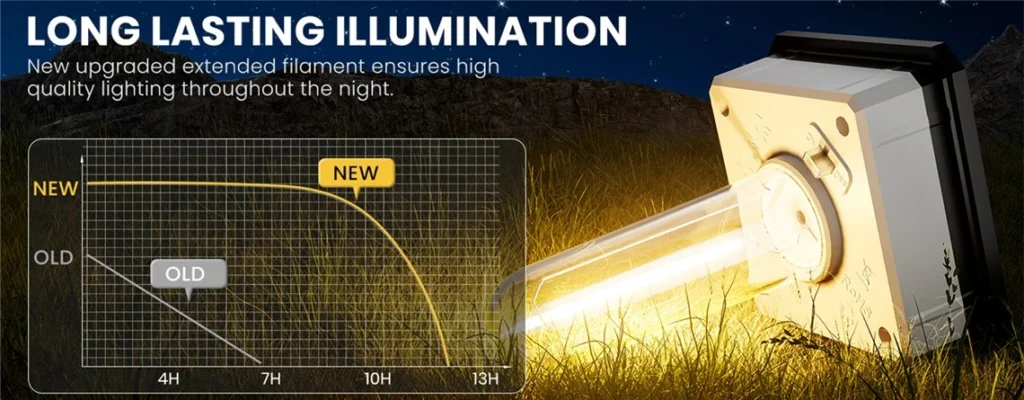
Assess the Shed’s Structure
Evaluate the shed’s size, layout, and purpose. For storage sheds, focus lighting on entry points and key storage areas. For workshop sheds, prioritize task lighting over workbenches or tool stations. If the shed serves as a retreat, incorporate ambient lighting to create a cozy atmosphere.
Distribute Lights Strategically
- Entrance Lighting: Place motion-sensor or wall lights near the door to ensure safe entry and exit. A sensor light with a wide detection range is ideal for security.
- Interior Task Lighting: Install pendant or wall lights above workbenches or shelves to illuminate specific tasks. Adjustable lights allow you to direct the beam where needed.
- Perimeter Lighting: Use path lights to guide the way to the shed, especially if it’s located far from the house. Place them along walkways or near steps to prevent tripping.
- Ambient Lighting: For sheds used as recreational spaces, hang pendant lights or string lights (if the shed has windows) to create a warm, inviting glow.
Optimize Solar Panel Placement
Ensure solar panels receive maximum sunlight exposure by placing them in unshaded areas, ideally facing south in the Northern Hemisphere. For interior lights, consider models with detachable panels that can be mounted outside the shed. Avoid placing panels under trees or overhangs, as shadows reduce charging efficiency.
Balance and Symmetry
For a polished look, distribute lights evenly. For example, place matching wall lights on either side of the shed’s entrance or use path lights at regular intervals. In smaller sheds, avoid overcrowding with too many lights to maintain a clean, uncluttered appearance.
Usage and Maintenance Considerations for Solar Lighting
To maximize the performance and lifespan of solar lighting for garden shed, follow these usage and maintenance tips:
Charging Efficiency
Solar lights rely on sunlight to charge their batteries, so proper placement is crucial. Clean solar panels regularly with a soft cloth to remove dust, dirt, or debris that can block sunlight. In winter or cloudy regions, consider lights with larger batteries or supplemental charging options to maintain performance during low-sunlight periods.
Battery Care
Most solar lights use rechargeable lithium-ion or nickel-metal hydride batteries, which have a lifespan of 1–3 years. To extend battery life, avoid over-discharging by ensuring regular charging cycles. If a light dims prematurely, check the battery and replace it if necessary. Some models allow easy battery replacement, so opt for these for long-term convenience.
Lamp Protection
Protect solar lights from harsh weather by choosing models with high IP ratings (e.g., IP65 or higher) to resist water and dust. Store portable lights indoors during extreme weather, such as heavy storms or freezing temperatures, to prevent damage. For fixed lights, ensure secure mounting to avoid loosening from wind or vibrations.
Routine Maintenance
Inspect lights periodically for signs of wear, such as cracked lenses or loose fittings. Tighten screws or stakes as needed to maintain stability. Clean the light fixtures to ensure optimal brightness, and check for any obstructions blocking the sensor or panel.
Conclusion: Why Solar Lighting is the Ideal Choice for Garden Sheds
Solar lighting for garden shed offers a sustainable, cost-effective, and versatile solution for illuminating outdoor spaces. By eliminating electricity costs and complex installations, solar lights provide an accessible way to enhance the functionality, safety, and aesthetic appeal of your shed. With options like sensor lights, wall lights, path lights, and pendant lights, you can tailor the lighting to suit your shed’s specific purpose—whether it’s storage, a workshop, or a cozy retreat.
When selecting solar lights, prioritize brightness, battery life, and sensor sensitivity to meet your needs. Thoughtful layout planning ensures balanced illumination, while proper maintenance extends the lifespan of your lights. By choosing solar lighting for garden shed, you invest in an eco-friendly, low-maintenance solution that transforms your shed into a functional and inviting space. Evaluate your shed’s requirements and explore the wide range of solar lighting options to create the perfect lighting setup for your outdoor haven.

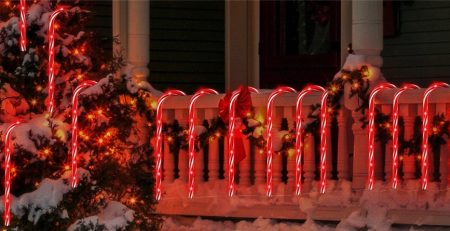

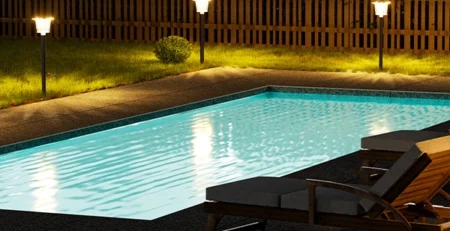


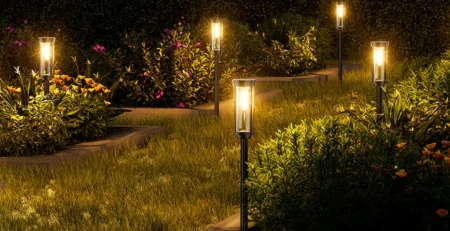
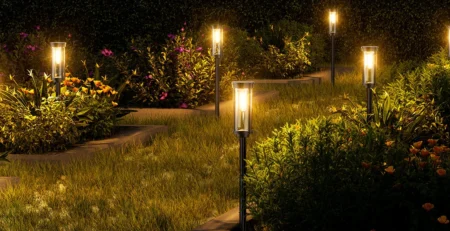
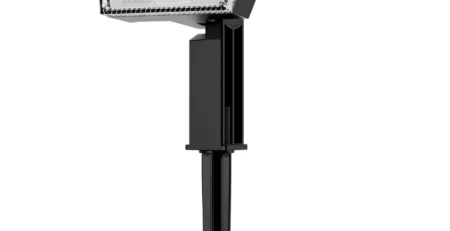
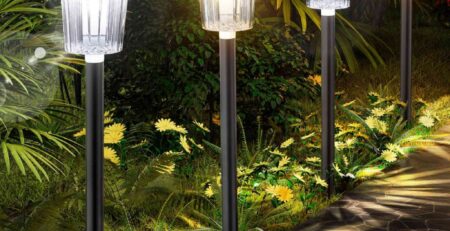
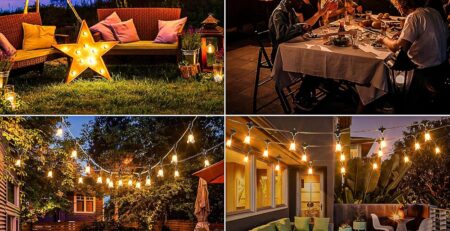
Leave a Reply